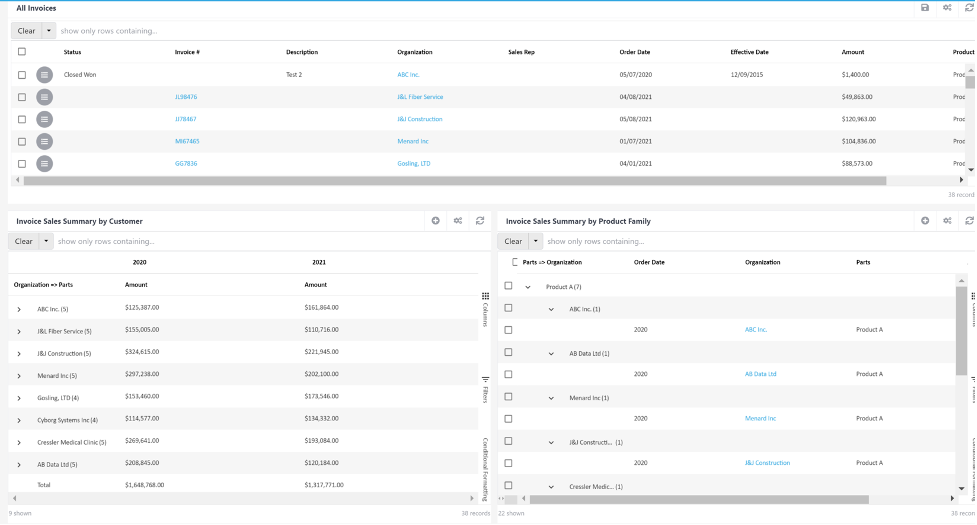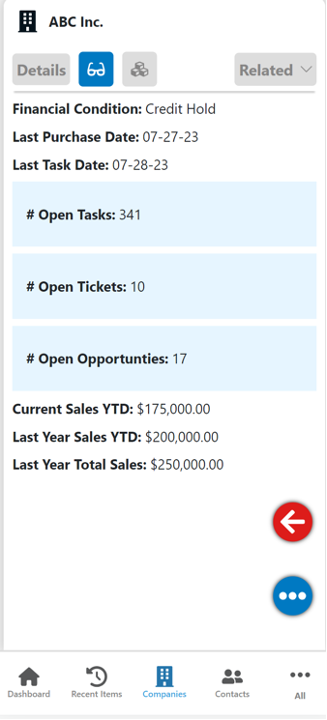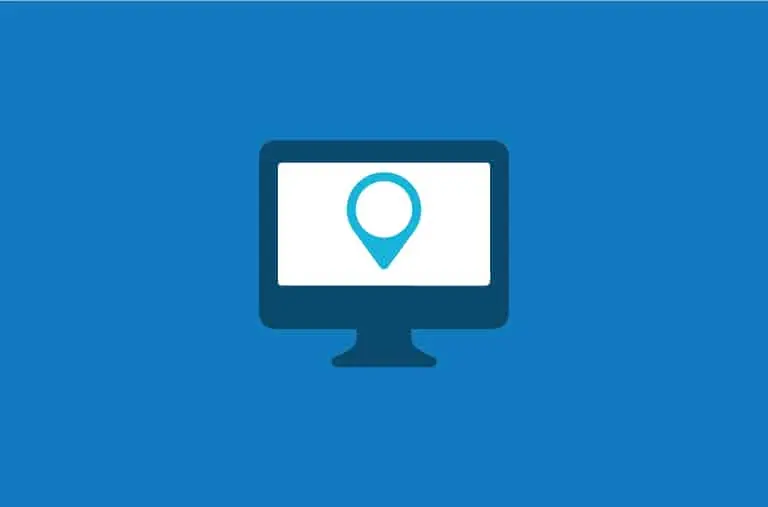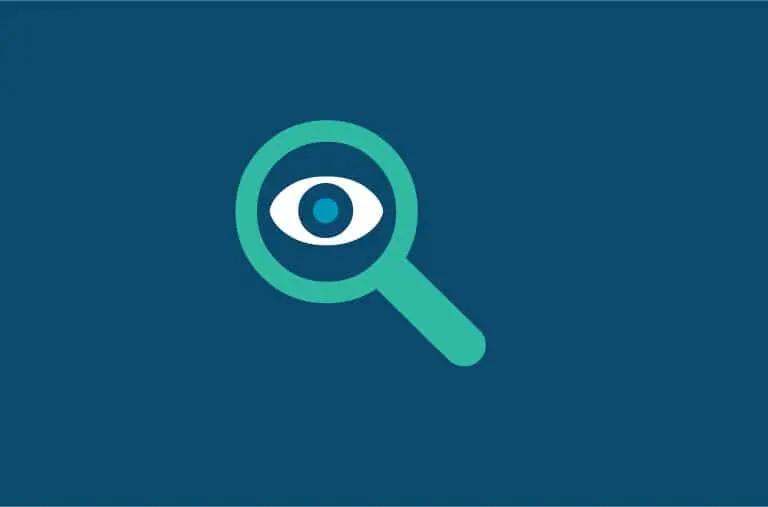Introduction
Customer Relationship Management (CRM) systems are software applications that manage your customer’s journey. CRM tools track relationship management, sales, and customer support communications. Sharing this up-to-date customer data fosters internal collaboration and consistent messaging with your customers.
Most companies operate their operations and financial transactions through the use of an Enterprise Resource Planning (ERP) or accounting system. Businesses use these systems to optimize their billing, invoicing, inventory, and supply chain activities.
Now imagine some or all this master data in one software system with the ability to custom analysis and reporting.
What is Transactional Data?
Transactional data is described as an internal or external event (transaction) when an organization conducts its business.
Typical Data Transactions:
- Sales Orders
- Invoices
- Purchase Orders
- Shipments
- Credit Card Payments
- Claims
- Transfers
The types of data collected in these transactions include (but are not limited to) orders or invoice numbers, ship dates, status, dollar amount, and sometimes detailed line items.
Now let’s think about this again. Imagine some or all this customer/internal data in one software system with the ability to do all sorts of analysis and reporting.
Why Leverage Transactional Data in Your CRM?
Before discussing why you should use transactional data in your CRM system, we need to learn how that data gets transferred from one system to another.
There are two popular methods to push and pull data from your CRM to an external system:
- Application Programming Interface (API) – API Integration for real-time integration and bi-synchronous data transfer. For example, you can automatically transfer certain business processes. Like pushing a quote from the CRM to the accounting system to create an order. Conversely, you can pull orders, invoices, shipments, etc., from the accounting system to the CRM. Sharing this data gives everyone tt an up-to-date status of a customer transaction.
- File Transfer Protocol (FTP) Server – FTP Server involves a flat file (typically CSV files) transfer (spreadsheet upload) which is better for large bulk transfers of data. At the same time, APIs are preferable for smaller, more specific transfer needs.
Benefits of Transactional Data in Your CRM
- Enables sales representatives to get a comprehensive and holistic view of the account (as well as their territory) to assist them in forecasting product revenue and units by leveraging sales history
- Enables management to track orders vs. actuals data performance on their entire business
- Helps product management analyze trends, buying patterns, and behavior for future product development as well as shaping the product mix in the factory
- Contributes to sales reps’ upselling and cross-selling activities by using past sales data as part of the formula to suggest what other complementary products they may want/need as well as what products they may upgrade to
Transactional Data in C2CRM
Because of Clear C2’s rich history of dealing with manufacturers, integration to backend systems such as ERPs is our core competency. The actual integration itself, performed by Clear C2’s professional services organization, is only the first piece of enjoying the benefits of having transactional data in the system. What you do with the data in the CRM makes all the difference, and C2CRM incorporates it in the areas that will help sales and executives.
- Clear C2’s professional services organization imports transactional data, and custom transaction forms are created to contain the exact information (i.e., order number, date, $ total, etc.). In this process, you must capture all details of every customer transactions, including information at the order line level.
- Once imported, all transactional data is accessed via the internal reporting tool. Users can analyze their data by building custom reports and widgets. These reports can be automatically generated or created from scratch and added to a custom dashboard or wherever needed. Below is a screenshot of an example of three widgets displaying invoice data on a Transactions Dashboard.

- In C2CRM, all transactional data is categorized and displayed on each customer record for all users to access. These customer transaction records can then be leveraged and calculated in many different ways, such as having Key Performance Indicators (KPIs) for Year-to-Date (YTD) sales and profit summed up on each customer’s record.
- In C2CRM, transactional data is used when analyzing your opportunity forecast. When calculating “Expected Revenue,” the “Invoice Total” is added to the “Pipeline Revenue” multiplied by the “Close Probability Percentage” so you can compare it to the quota assigned to the sales rep.
- In C2CRM, sales history (revenue or units) can be leveraged to create forecasts and track “actuals vs. forecasts.”
In C2CRM, transactional data is also available in the robust Mobile App. Information is viewed by each customer or summed up in a separate category. Below is a screenshot of a company record displaying transactional data KPIs such as Sales YTD numbers.

Conclusion
The best way to equip your employees, whether they are sales reps or executive management, to make informed decisions and strategies based on accurate data is to give them access to as much information as possible. Importing transactional data into your CRM system will enhance the data already in the system and provide a multidimensional approach to analyzing the data fostering a more holistic view of the business.







